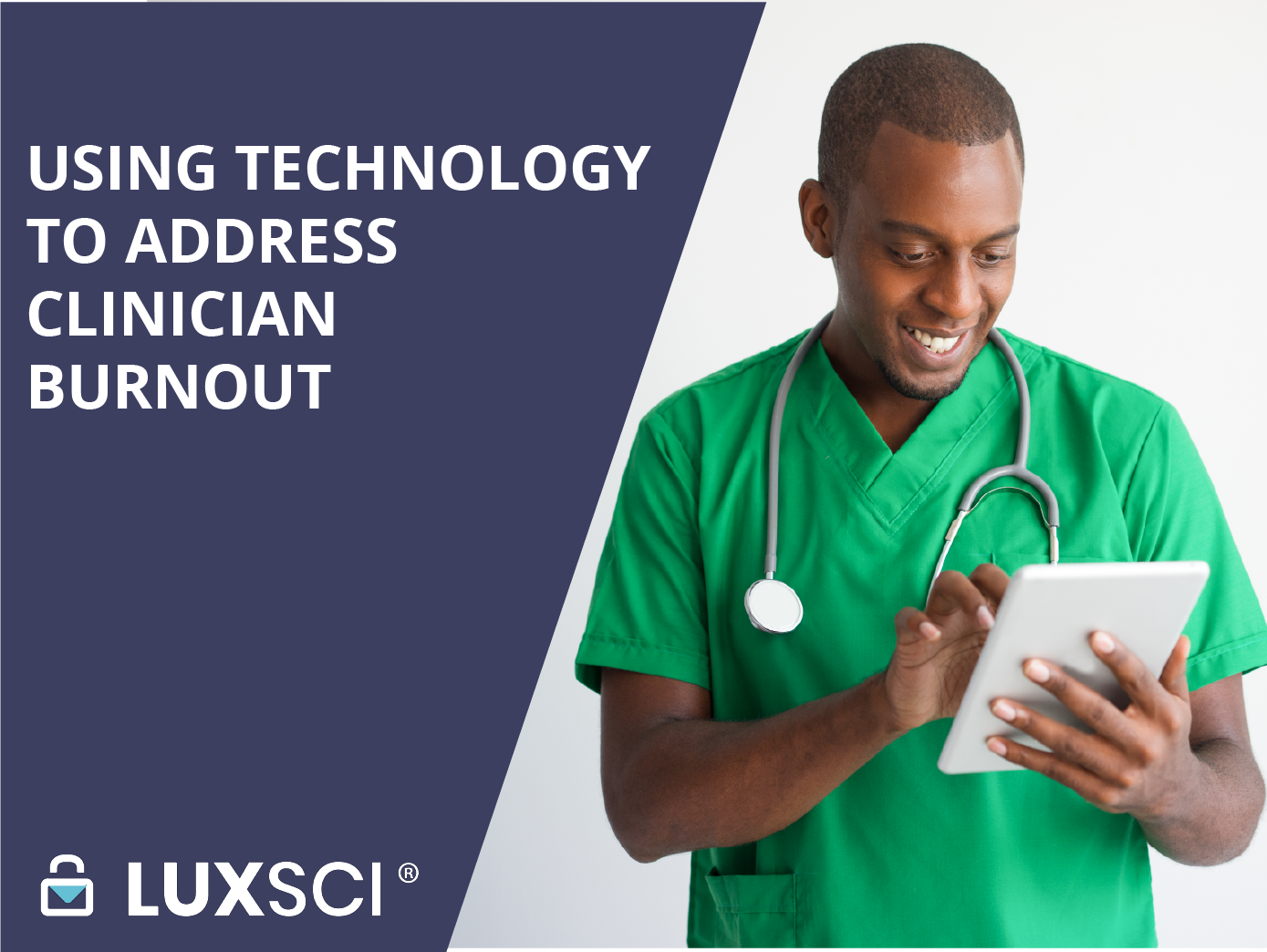Digital Strategies to Address Health Equity
Wednesday, July 5th, 2023According to a HIMSS Market Insights study, nine out of ten healthcare executives see health equity as a top business priority. Improving health equity can drive value for other business metrics, including patient satisfaction, provider retention, health outcomes, and cost reduction. Email is an excellent way to address health equity issues, thanks to its widespread adoption across different ethnic and demographic groups.
What is Health Equity?
According to the CDC, health equity is “achieved when every person has the opportunity to attain his or her full health potential and no one is disadvantaged from achieving this potential because of social position or other socially determined circumstances.”
Under President Biden, the Department of Health and Human Services has prioritized health equity in response to the COVID-19 pandemic. COVID-19 highlighted the healthcare system’s racial, economic, and social disparities. For example, COVID-19 killed Black, Latino, and Indigenous people at double the rate of White people. Native Hawaiians and Pacific Islanders remain three times more likely to contract the illness than White people. Addressing the social, cultural, racial, and economic factors contributing to this disparity is essential to improving individual and population health.
Improve Health Equity with Email Communications
Email is an excellent tool for patient engagement because of its widespread adoption across different demographic groups. As you can see in the data below, email has an overall adoption rate of 92%, and across all age and ethnic groups surveyed, adoption rates are above 80%.
Unlike phone numbers and addresses, email addresses seldom change because of economic instability. Email addresses are free to create and are typically accessed at least once a day. Broadband access continues to expand, though it still presents a barrier to email communication. However, even when broadband is unavailable, slower connections still permit text-based emails to be sent and received. Email is reliable, easy to use, and widely accessible to most individuals, making it an excellent channel for patient engagement.
The Technical Advantages of Email
Email also offers several advantages on the technical side to address digital health equity. Email’s main benefit is its ability to be personalized at scale. When using a secure email provider like LuxSci, you can create groups or segments of patients and send them relevant information about their health conditions or risk factors. These workflows can be automatically triggered when certain criteria are met to streamline operations and improve efficiency.
Thanks to the nearly universal use of EHR systems, healthcare marketers can access a wide variety of first-party patient data. Health records not only contain information about health conditions, but also information about patient demographics and preferences.
Intelligent marketers can use this data to close care gaps and improve health equity. Let’s take a look at an example.
An Example of Personalization and Segmentation to Address Health Equity
There are so many options when it comes to segmenting your patient population. To address health equity, you can use information like the patient’s native language and communication preferences to create personalized messaging. By doing so, you can increase response rates and close care gaps.
For example, say you have a significant portion of your patient population that speaks Spanish, and they are more likely to miss an appointment or not schedule a follow-up. How can you drive appointment attendance and reduce churn? The first step is to create an audience segment composed of patients who speak Spanish as their first language. Next, create email messages that are designed for the audience. This means writing the subject line and email contents in Spanish and using imagery they can identify with. But you can do more than that. Point people in this audience to schedule appointments with doctors who are fluent in Spanish. If there are other reasons this audience struggles to attend appointments, extend opportunities to help them with transportation, child/elder care, or access healthcare outside of regular working hours. Once you understand the barriers to attending appointments, you can extend personalized offers that help increase attendance and improve health outcomes.
Most importantly, email allows you to test messaging and see what’s working. Review your campaign statistics and adjust your messaging to reach the most people and improve health equity among your patient population.
Conclusion
As we have seen, email is a highly effective way to engage marginalized patient populations. However, don’t forget about HIPAA compliance! Communications personalized and segmented using ePHI need to be secured.
LuxSci offers secure email services designed to meet HIPAA requirements. If you want to learn more about addressing health equity with secure communications, please contact us today.







